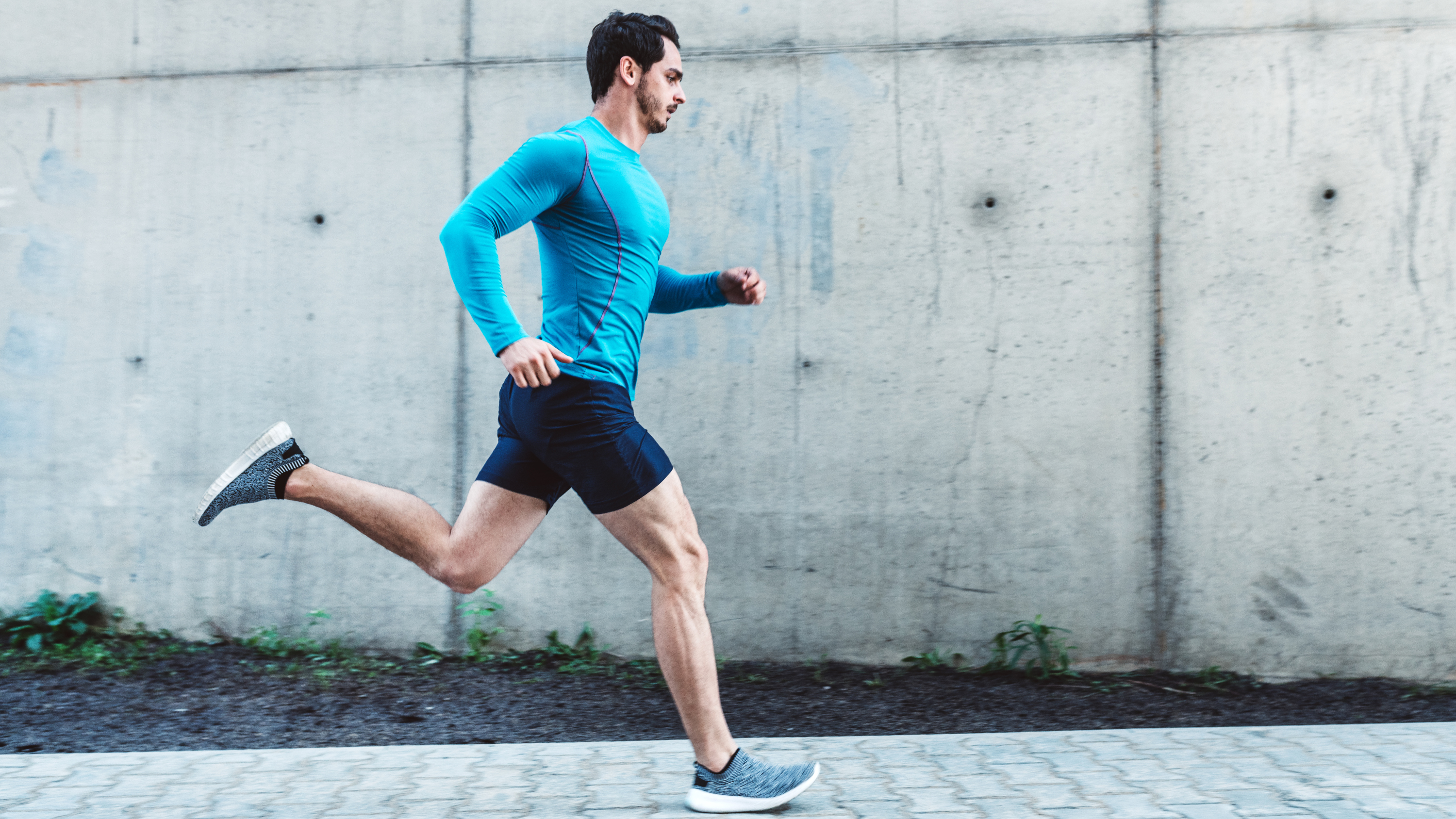
Running at a "comfortably hard" pace might not sound appealing, but it's the essence of a tempo run—a workout designed to help you run faster for longer.
If you’re following a structured training plan, chances are you’ve encountered this workout already. Tempo runs build your ability to sustain a challenging pace, help you manage fatigue better and keep going when it counts.
Plan or no plan, if you're curious about mastering the tempo run, sit back and learn from Jordan Foster, head coach at Coopah, as she breaks down everything you need to know.
What is a tempo run?
What a tempo run is not is running flat out till failure.
“In its simplest terms, a tempo run is a sustained harder effort run that builds up your body’s ability to run faster for longer periods of time," Foster says. "Ideally it should be a pace you can comfortably maintain for 20 minutes, but during your training, you will aim to build this up towards 60 minutes.”
This type of run focuses on improving your lactate threshold, which is the point at which your body begins to accumulate lactate in the blood faster than it can clear it. Tempo runs, often referred to as threshold training, help your body manage lactic acid more efficiently, allowing you to sustain faster paces over longer distances.
What are the benefits of a tempo run?
“The main benefit of a tempo run,” says Foster, “Is to build up not only your endurance but your speed, which is a key part of any training plan, especially if you are training for a longer distance event such as a half marathon or marathon and are aiming to improve your time.”
Tempo runs also benefit your mental toughness. The challenge of a tempo run teaches you how to maintain drive and effort while feeling uncomfortable. Again, if you're training for a certain race, it will give you a taste of how things will feel at parts of the race.
From my personal experience, I didn’t fully understand what a tempo run was or how it could positively impact my running until I started regularly implementing it in my training. The more tempo runs I ticked off while training for longer distances, including the half marathon and marathon, the more resilient I became with bigger runs and noticed I could maintain challenging paces for longer.

How to do a tempo run
First and foremost, you should start with a proper runner’s warm-up to increase the blood flow around the body, mobilize your muscles and get in the zone for your tempo run. Then, you can start to establish what pace to work with.
“These types of sessions can feel daunting, especially if you haven't done them before," Foster says, "so to begin with we always suggest starting with shorter blocks of harder running so you can get a feel for them and work out what the right pace is for you."
She gives the example of someone working toward completing a four-hour marathon. During a tempo run, you should be aiming to run a pace that is around the pace you are aiming for on race day — this should hopefully be a comfortably hard pace you can maintain for a period of time.
“As your training plan progresses, you can increase the length of these blocks as you build towards race day,” Foster adds.
Here’s an example of what a tempo run would look like if you are aiming for a four-hour marathon finish.
- Warm-up with 10 minutes of easy running
- 2 x 10 minutes at tempo pace (approximately 9.09 minute miles, which is the target pace for a 4 hour marathon)
- 3 minute of easy running in between each 10 minute block
- Cool down with 10 minutes of easy running
What type of running shoe should I wear for a tempo run?
You are going to be running fast during your tempo runs and will want to feel like you can maintain the pace for a prolonged period of time, so it's a wise idea to pick a pair of running shoes that will help rather than hinder you.
You will want to wear a shoe that is lightweight yet still cushioned enough so that your feet are protected as they sustain faster paces for longer. You'll need quick turnovers during your tempo runs so looking for a shoe with a responsive midsole will help provide reliable energy return.
However, everyone has differently shaped feet, and individual preferences when it comes to how a shoe feels on foot. Be sure to check out our guide to the best running shoes to narrow down your search.







